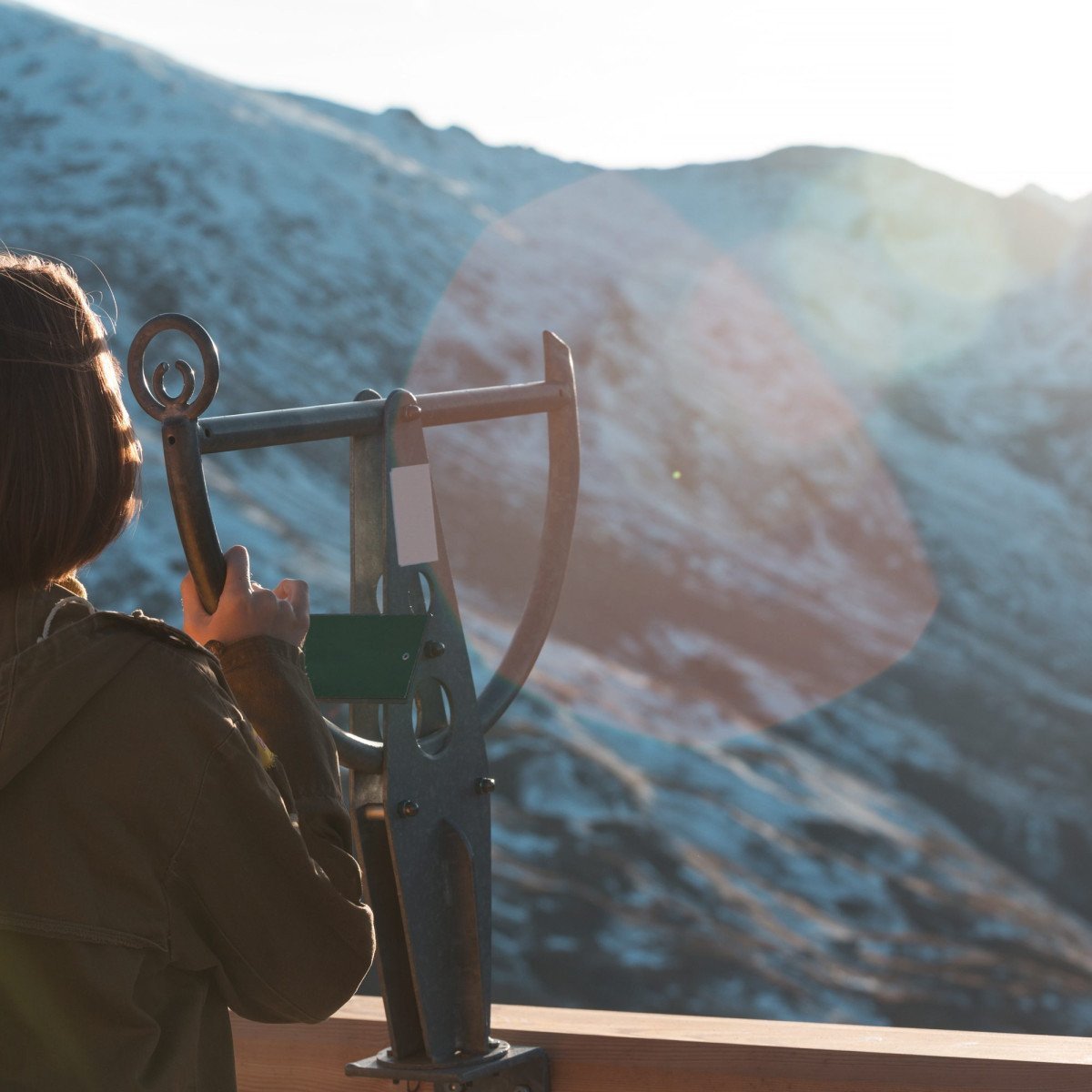As I strolled through the damp, flickering forest, curiosity had me trailing the golden path created by the setting sun. Suddenly, a breathtaking vista presented itself, transformed by nature’s own light show. Ever encounter such an awe-striking moment? It has a way to compel you to capture it, only to end up with an image that falls short of the remarkable vision your eyes beheld, isn’t it?
What if I told you that you could actually embody those atmospheric conditions in your landscape photography? Yes, it’s all about honing the technique! Statistics suggest that the demand for high-quality landscape photographs has increased by 30% over the past year, reaffirming its relevance in the digital era.
Internalizing the Scene
Just as a painter etches emotions on a canvas, your job as a photographer is very similar. ‘Just another snap’ isn’t the aim here; you’re trying to narrate a story, resonate the emotions attached to every scenic element. I remember once when I shot this garden – lush, verdant – bathed in the golden-hour light. But the catch was, the snap seemed eerily similar to others. ‘What could I bring in new, how can I integrate drama?’ I pondered, then remembered this double exposure photography technique. Employing it, the results were thrilling – the garden assumed a magical, almost surreal appeal!
Mastering the Light
Creating atmospheric landscape photography largely hinges on understanding light – its behavior, the shadow play it induces, the moods it can manifest. Dawn and dusk offer euphoric displays of light but don’t restrict yourself to these times. Try capturing landscapes during diverse weather conditions – a gloomy, foggy morning, or a storm gathering momentum in the afternoon. ‘How does it feel to witness these weather moods?’ – your photos should endeavor to answer this.
Let’s try a simple exercise. Find a familiar landscape and shoot it in different weather and light conditions. You’d be amazed how the same scenery morphs into diverse visual experiences. Remember, the essence of atmospheric photography lies in ‘feeling’ the scene rather than just ‘seeing’ it.
Layering Compositions
Another invaluable technique to enhance the drama is to build layers in your composition. It adds depth, draws viewers into the image, and often helps create a sense of mystique. ‘How to create layers?’, you might ask. Think about foreground interest – a dynamic element up close might intertwine with the larger scene beautifully, forming a cohesive narrative.
Experiment with objects like a winding pathway, a stream, or a lone tree in the foreground. Capture an exquisite play of light and shadow in the mid-ground, with mountains or clouds adding a touch of drama in the background. Practice and experimentation are your best allies here.
Experimenting with Long Exposures
Long exposure is a wonder-technique to inject drama. Imagine a mundane sea turned silky smooth, or clouds morphing into a brushstroke-like pattern! Long exposure, combined with the right weather conditions, can create stunning atmospheres. However, remember to use a sturdy tripod to avoid camera shake.
The Final Thought
Embedding drama and mood into photography is less about the equipment and more about your perception – how you observe the scene, feel its spirit, and above all, how you choose to express it. As a photographer, weaving visual tales through atmospheric landscape photography is an inherently personal journey. It’s a discovery of your own perspectives, a path to mastering a technique deeply rooted in your emotions, and instincts.
So, are you ready to transform those fleeting episodes of atmospheric grandeur into dramatic keepsakes of visual art?


0 Comment